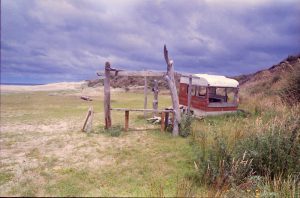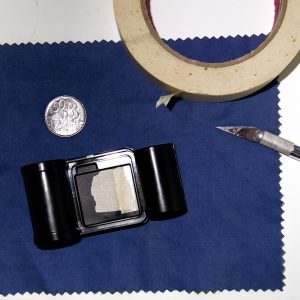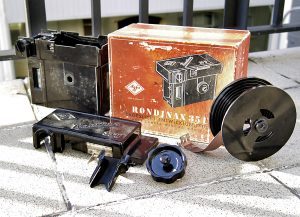Last Post For Zegarkus.
Posted by vonnagy on Nov 12 2013
My first post here was 6 years ago on 3 November 2007 and I will conclude my final post today on 12 Nov 2013 (or if you are numerically inclined 11-12-13 if you use American style dating). I simply haven’t had the motivation to continue blogging here.
This was my first real attempt at blogging. It has been relatively anonymous; I felt comfortable putting my thoughts without explaining myself to a wider social network.Looking back, I have noticed myself change over the years: I feel like I’ve matured and become a better person.
Though hasn’t been that productive (only 117 posts here), here are some of the more ‘popular’ ones (based on a paltry some of pageviews):
- Isometric Game Engines: http://vonnagy.com/2007/11/29/isometric-game-engines/
- Treehouses: http://vonnagy.com/2007/11/25/incredible-tree-houses-of-the-world/
- Lua Script on Windows: http://vonnagy.com/2009/07/03/how-to-run-a-simple-script-lua-script-from-command-line-in-windows/
- Homemade Motorhomes: http://vonnagy.com/2008/06/07/homemade-motorhomes-diy-rvs-and-housetrucks/
- Antarctica with no ice: http://vonnagy.com/2007/11/29/antarctica-with-no-ice/
- EU countries dual citizenship: http://vonnagy.com/2009/07/03/european-countries-that-allow-dual-citizenship/
My personal favourite post here has been a critique of the Falling Man photo from Sept 11 Tragedy: http://vonnagy.com/2009/07/03/the-9-11-falling-man-another-look/, perhaps the most original thing that I have written to date.
So what will happen to this site? I don’t know if I agree with everything I wrote in the past, but I’ll keep this blog as snapshot of who I was at certain point in time.I will continue to renew the domain; I’d hate for domain squatters to get it. There simply won’t any new posts here. Should I continue blogging again, I will do so on a new site. For those who have left comments or simply took the time to read anything I wrote; I sincerely thank you tolerating my little personal experiment on the internet.
— Zegarkus.








